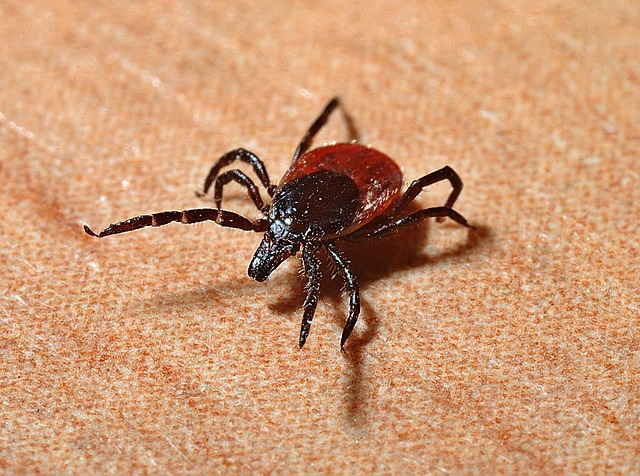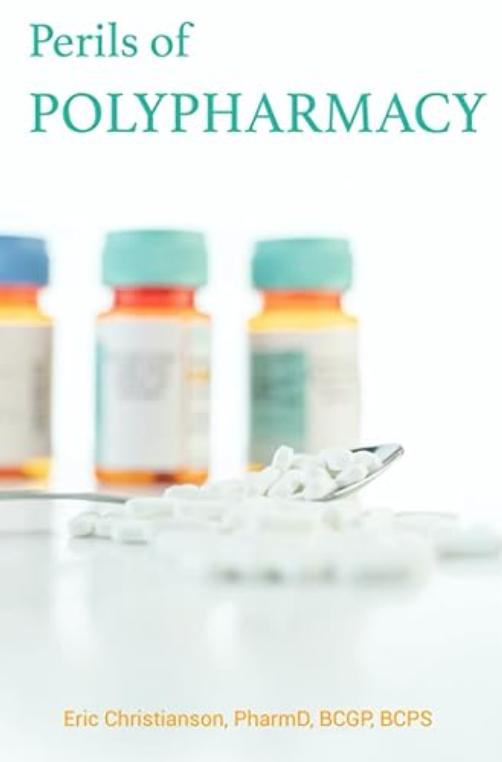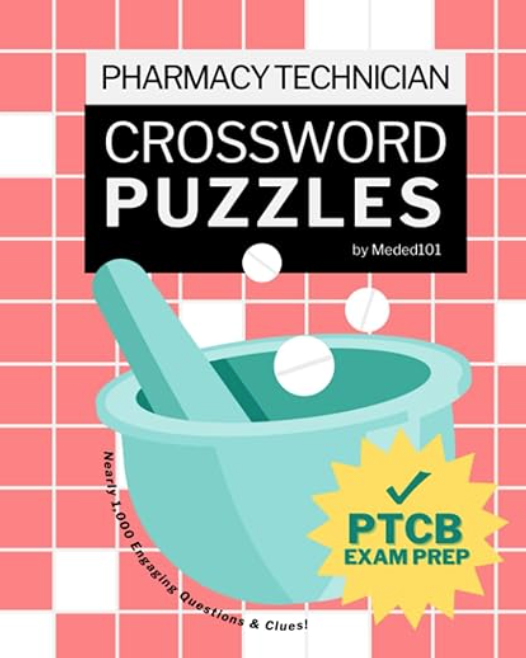It is that time of the year with creepy/crawly ticks running rampant. This presents an excellent opportunity to go over some of my Lyme disease clinical practice pearls! You never know when these might show up on a board exam!
Lyme Disease Clinical Practice Pearls – The Drugs
Let’s start with the medications. There are 3 primary medications that may be used for the treatment of early Lyme disease. Doxycycline, amoxicillin, and cefuroxime are the three go-to agents according to the CDC. Doxycycline is the agent that I see most commonly used in practice. With doxycycline, pay attention to binding interactions (calcium, iron, etc.), pregnancy risks, pediatric risks, and sun sensitivity since ticks are usually out and about the same time of the year we are getting more sun.
You are probably more likely to see amoxicillin or cefuroxime in pediatric patients. There is some evidence that doxycycline may be safe in short courses but most clinicians will prefer to play it safe if possible in most situations. A risk versus benefit calculation for the use of doxycycline may be considered in pediatric patients with more severe disease. Amoxicillin and cefuroxime are most likely to cause GI upset and diarrhea as adverse effects.
In addition, recall with oral cefuroxime that it can interact with antacids. Concentrations may be reduced and treatment failure may be more likely. Histamine 2 blockers (i.e. famotidine) and PPIs fall into this category and in general, should be avoided if possible. I discuss this further in a previous post on drugs that are affected by elevated pH.
The duration of treatment may vary based on the clinical situation. Patients with early disease and simply a rash will likely only receive a 10-day course of doxycycline. The CDC recommends 14 days if amoxicillin or cefuroxime is used in early disease.
Recall that Lyme disease can cause neurologic symptoms such as facial palsy. Carditis is another possible complication. In these patients, we are likely going to go with a longer treatment regimen. 14-21 days are recommended by the CDC.
Lyme arthritis is a different case. This is typically only going to occur in advanced stages and the treatment regimen is recommended to be longer than any other situation. The CDC recommends a 28-day duration of therapy.
Looking for more Lyme disease clinical practice pearls? Check out these podcasts on commonly used medications!
- 30 medication mistakes PDF
- 18+ Page Drug Interaction PDF
- 10 Commandments of Polypharmacy Webinar based on my experiences in clinical practice









I want to subscribe to your blog so bad but there seems to be a problem. When I submit my email and name it doesn’t go through.
Hello! Thanks for the message! I double checked the subscriber list and it looks like you are on there. I post twice per week and you should have your next email/blog on Monday! Thank you so much!